NFT Art and Artistic Appropriation: A Digital Art Controversy Unveiled
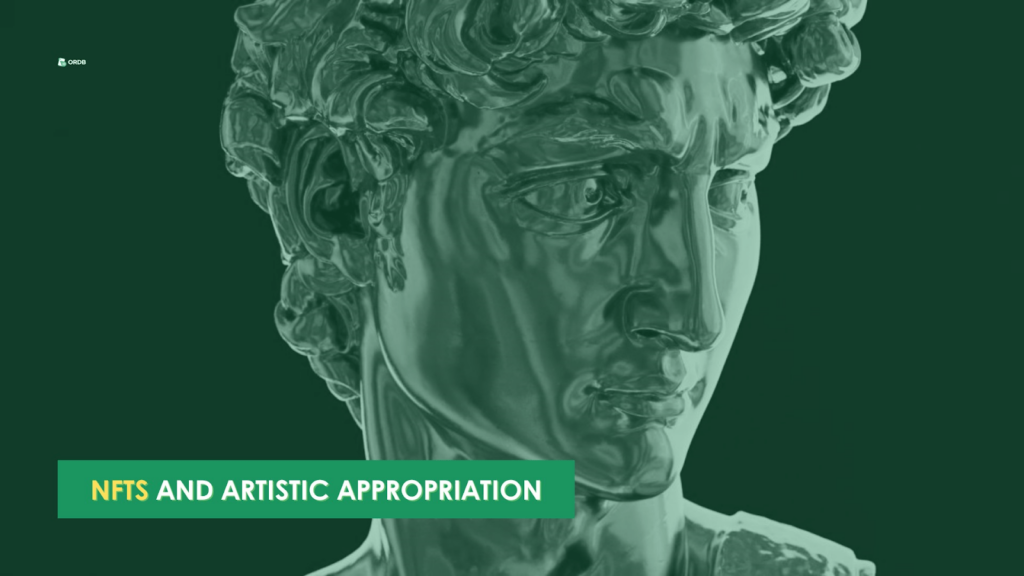
Traditional or digital art has always been a way for people to explain the phenomena around us and comprehend this world emotionally. Every artist and art enjoyer gets inspired by… whatever surrounds us! Including other pieces of art.
That is when the controversy of art appropriation steps in. Where is this invisible line between appreciation and inspiration versus appropriation and stealing? And what do NFT art pieces have to do with all that?
Let us dive in.
Artistic Appropriation in History
First, we must clarify some terms. The #1 fact is that artistic appropriation ≠ cultural appropriation necessarily. At least, not always.
Artistic appropriation definition
Just like with the unacknowledged cultural adoption of traditions, artistic appropriation means
- Borrowing
- Reusing
- Recycling
- Recontextualizing
- And incorporating
concepts, elements, subjects, and stories of an art piece when creating another work. Not entirely and obviously plagiarism, but it has some parallels.
19th century examples
One can say that this is merely inspiration. For instance, the Madame Moitessier Portrait, created by a French neoclassic Jean-Auguste-Dominique Ingres in 1856, has details in the posture that link it to an antique artwork Herakles Finding His Son Telephas.
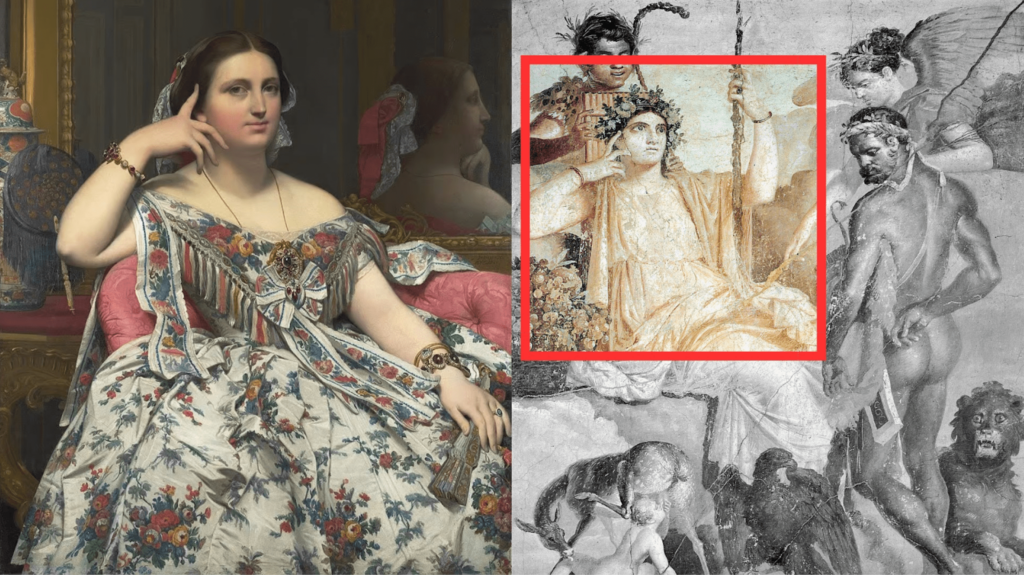
I must also highlight that Madame Moitessier’s portrait was a commission. So, the piece’s main objective is to show a specific lady’s beauty, and it also demonstrates the artist’s mastery and shows his technique. The Herakles Finding His Son Telephas is a deeper creation regarding symbolism and plot. In any case, Jean-Auguste-Dominique Ingres borrowed at least two components from the older piece by using…
- The posture (NOT as a reference for painting but as a linking detail to his inspiration)
- The goddess’s image and symbol significance.
Another case is Vincent Van Gogh’s appreciation of Japanese nature and culture. Despite never visiting that (truly majestic) country and seeing its nature or residents in real life, Vincent Van Gogh painted Sakura trees, people, and sceneries of Japan, being deeply inspired by Japanese art techniques. The legendary post-impressionist even wrote about his inspiration to his brother Theo.
For example, let us look at the letter 640.
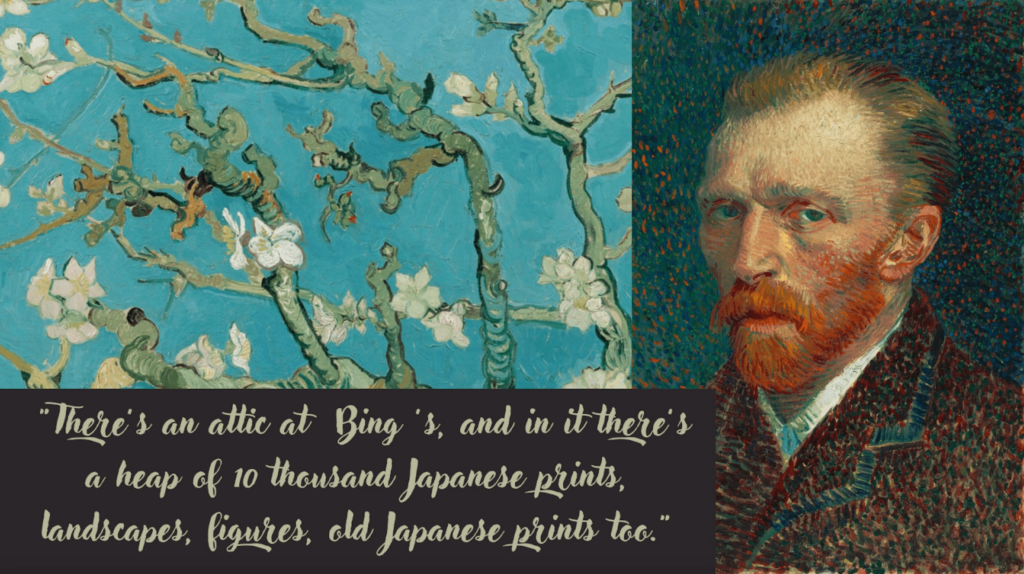
Objectively, the mentioned and many more artists have created incredible artworks now highly valued and protected by various institutions. Nevertheless, their inspiration is artistic appropriation, as it is, since major components are borrowed and recontextualized to create something new.
Another important thing to highlight is that these artworks are not majorly criticized for appropriation. Quite on the contrary, you are likelier to hear/read that these pieces were just inspired by something else.
Dada approach
Dadaism, often referred to as Dada, did not always borrow whole artistic pieces but had concepts that would justify an action like this. Dada rejected art standards and conventions to emphasize how too-logical, rational, and institutional approaches conserved art limiting opportunities for creation. That is why Dadaists often used ready-made objects, created collages, and embraced chaos.
The main question from this art movement is, “Can anything be art?” Including: can an appropriated piece be art?
Then art goes accessible, reusable, and reproducible
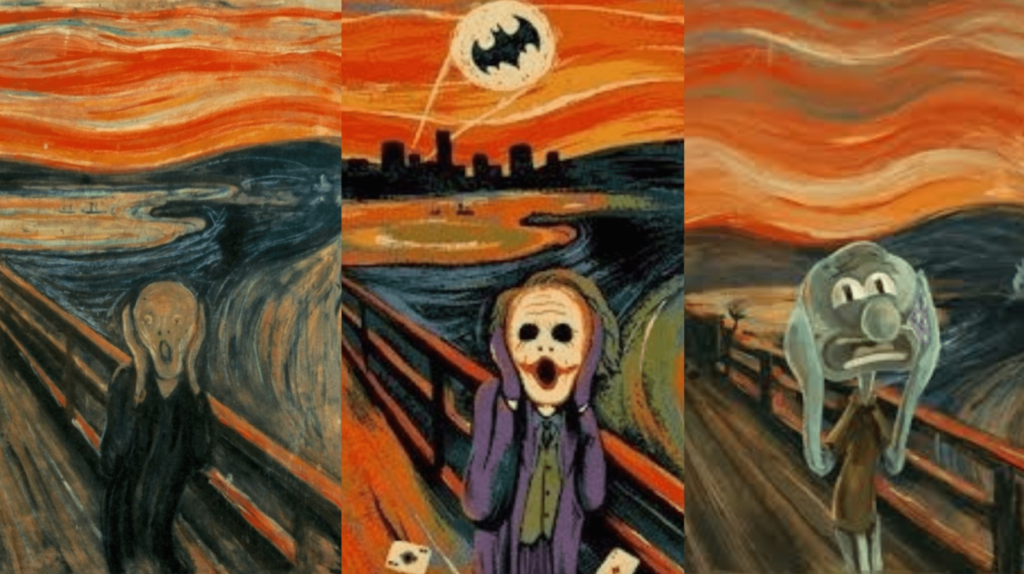
Long story short, the digital revolution and mass digitization of artworks, in parallel with the creation of tools like Photoshop, has made visual art the #1 appropriation target. We have become what Lawrence Lessig, an American legal scholar, academic, and political activist, calls “Remix culture,” highlighting that “remix is a cultural right” since every person does it because that is the sole way for artistic expression.
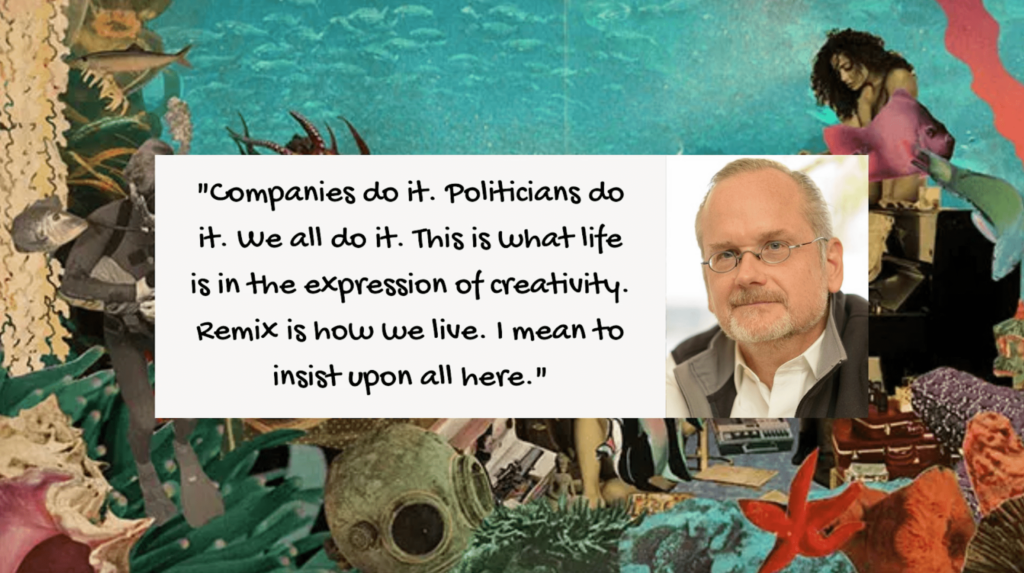
Digital technology, in turn, has accelerated the process of creating artwork with bases borrowed from existing pieces. Moreover, the diversity of communication channels lets people share their creations with audiences worldwide.
And now, add the NFTs to this complex equation…
NFTs, NFT Marketplaces, and Artistic Appropriation
Non-fungible tokens are unique art pieces but in the digital space. Their uniqueness is undebatable, even though a person CAN ctrl +c and ctrl + v them (just like Mona Lisa can be redrawn — copied). Blockchain technologies guarantee that there is a “document” that verifies an artwork is original.
Let us look at an abstract case. Suppose you are an artist and have created a 100% unique digital artwork. Your piece has no elements from other works and presents a unique message, whatever it is. You then place your NFT on a marketplace, sell it, and enjoy your success while your buyer admires a new arrival in their digital Louvre. That is a scenario from a lawful good spectrum. It would be great if all NFT auctions ended like that.
But let us look at other scenarios, including real cases…
Appropriating existing artwork? More like blatant stealing
Due to the lack of governance and copyright verification challenges, many NFTs appear on NFT auctions without the original creator knowing it. A real case showing how such things can happen is the Basquiat NFT incident.
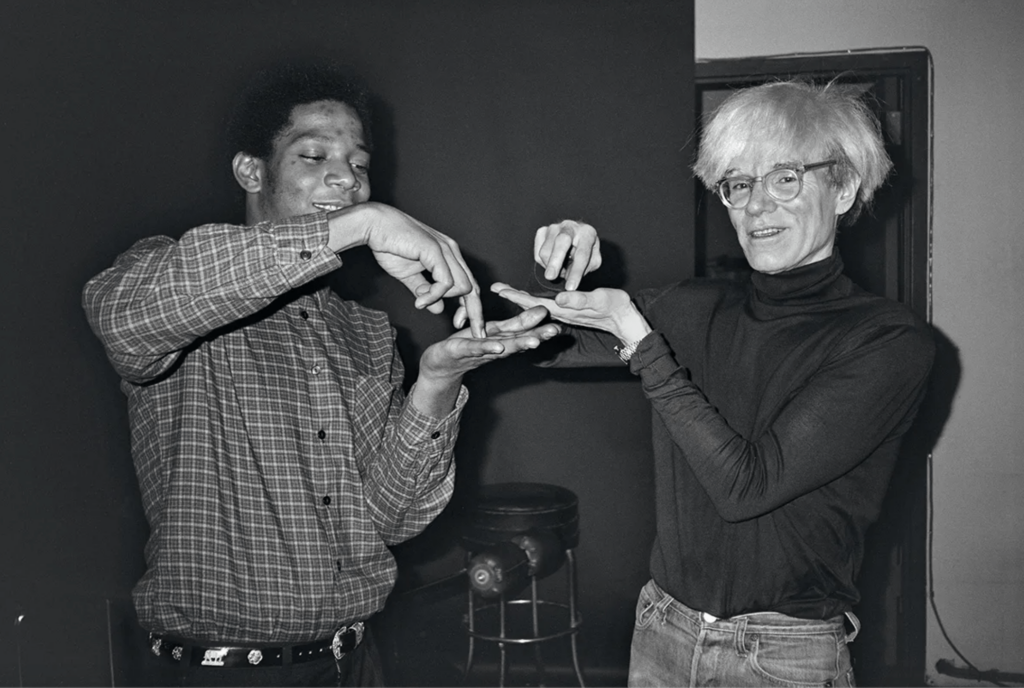
_________________________________________________
? Fact: Jean-Michel Basquiat was an American neo-expressionist. Some of his most notable works are Irony of Negro Policeman, Boy & Dog in a Johnnypump, Skull, and Hollywood Africans.
_________________________________________________
Several years ago, an anonymously-owned company announced that Jean-Michel Basquiat’s painting Free Comb with Pagoda would be offered during an NFT auction. Moreover, the company offered the auction winner to DESTROY the original piece so that its existence is only possible in the NFT form. The starting price for the non-fungible token was 1 ETH ($1937 today, $2600 that time). In contrast, Texas’ Heritage Auction estimated the piece to be worth $80-120K in 2012.

The Basquiat estate interfered and said that whoever wanted to sell the work as an NFT had no licenses and documents for the ownership. Gladly, the offer was withdrawn from the marketplace, and Free Comb with Pagoda was saved.
Another similar case occurred when Banksy’s artwork was used to create an NFT meant to be sold on ValuArt. You can learn more about this incident here.
In both cases, the real owners of those art objects did not know about auctions, announcements, and potential harmful sellings. Given that the information flow intensifies and broadens, pinpointing stories like these becomes more challenging. These instances were open intellectual theft rather than appropriation. That is why the crypto community must create mechanisms with a more serious approach to copyright.
Unauthorized (re)usage of an artist’s work
Unfortunately, many tools let us exploit an original piece. From AI enhancers to advanced photo/picture editors, these innovative apps and programs create the perfect circumstances for people to abuse art accessibility. In the simplest terms, nothing is stopping you from downloading a picture drawn by someone, changing it with some tools, and placing it on an auction as an NFT.
Preventing such cases is easier when some well-known art objects become prey for those hunting for easy money. Yet, such exploitation cases will not be solved for niche artists or creators with small audiences that have no interest in NFT culture. The likeliest scenario is that the original creator never finds out their new painting with an anime girl is being sold for 1-3 ETH.
Artificial intelligence that creates art and NFTs is a topic for a whole book. I can only say that the ongoing debate about whether it is morally wrong to use AI for art creation does not give us any practical solutions. Moreover, many legal problems arise since no countries have a law that considers the work of non-human creators and how it must be recognized.
Regarding regular internet debates and holy wars on this topic, there are two main groups. One defends AI art and artists, while the second group (usually of traditional artists, writers, musicians, and traditional art enjoyers) is 100% against this. There is no “in between.”
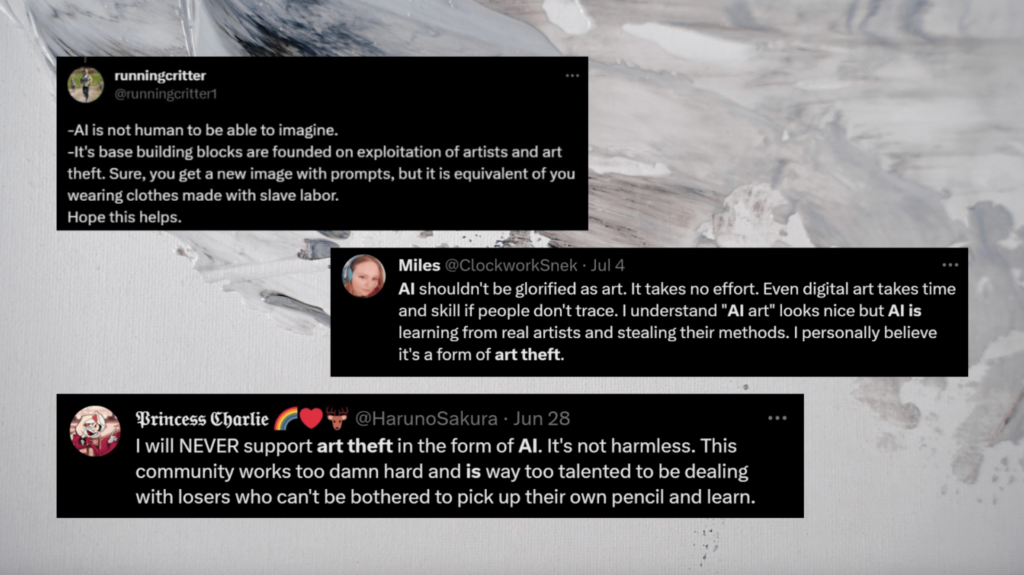
NFT AI art is in the same category. The algorithm scrapes millions of works posted online, basically stealing bits of paintings to create something new. Sometimes, AI art even gives you results with signatures, like here:
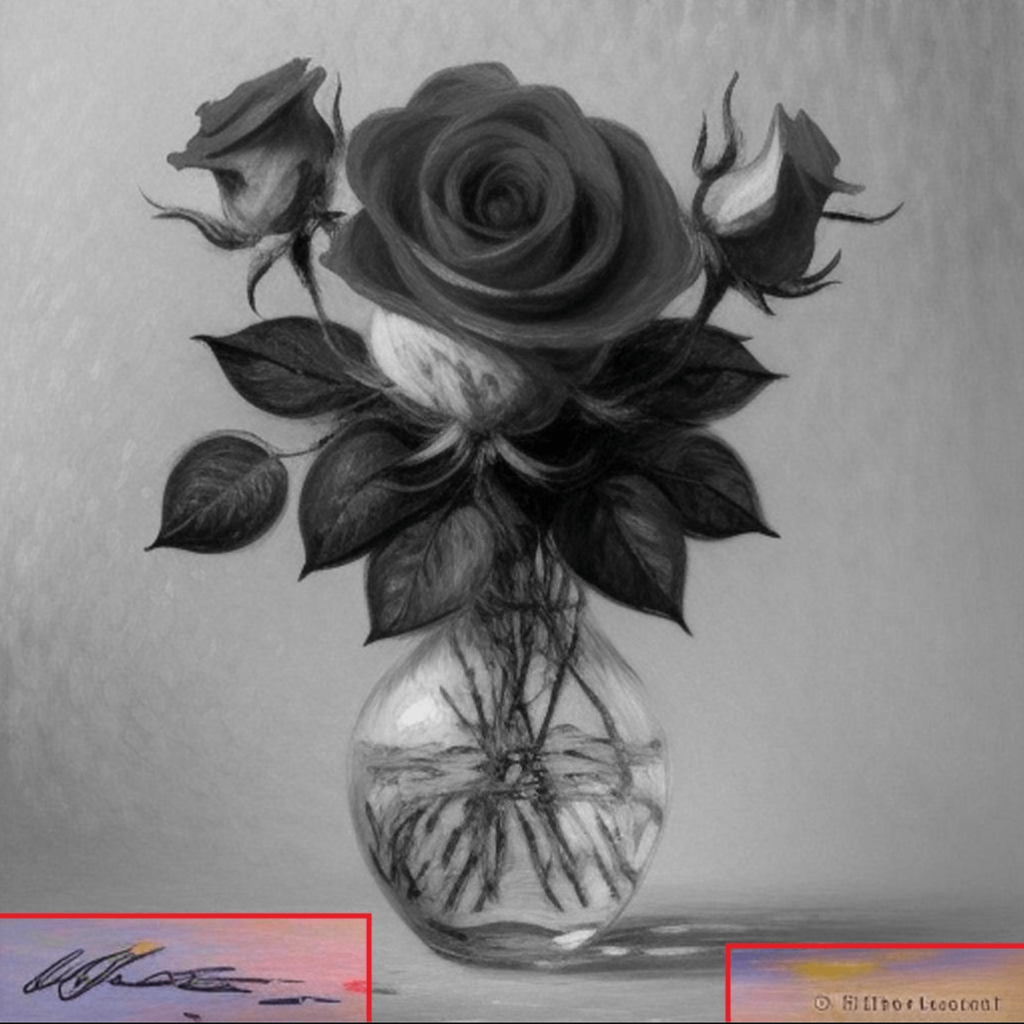
What would a person hungry for an easy ETH do? Photoshop the hell out of a painting, cut these signs out, and add a bit of creativity to ensure their NFT collection has a consistent style. Yet again, we look at intellectual theft, which is even more unregulated than in offline life because blockchain is decentralized and secures anonymity.
Given that NFT marketplaces can be used by most people anonymously and have insufficient means to verify authenticity, we can suppose that there can be 1-35% of AI and appropriated artworks on the most popular platforms. Unfortunately, no research is present to give us actual numbers. So far, we only face the enormous risk of associating some artworks with people who improperly claim these offers as original.
Meme and viral content NFTs
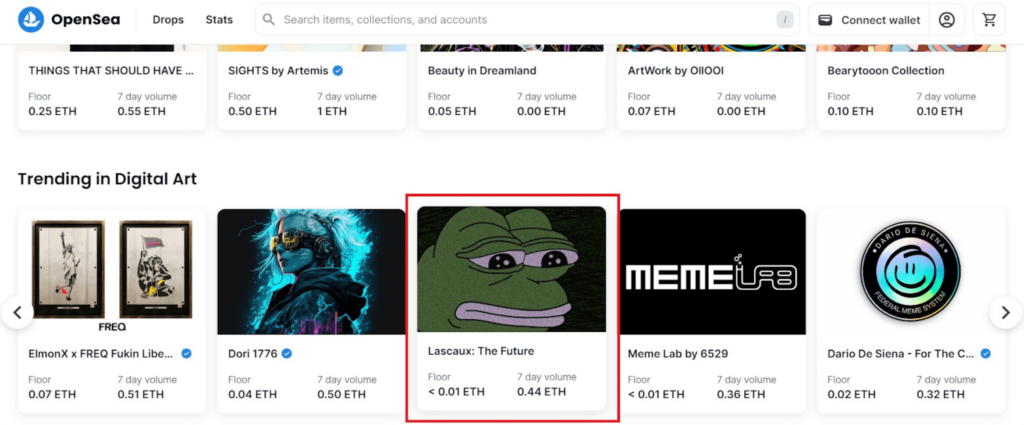
Some things are created for open sharing and giggles purposes. Tokenizing things like memes also means stealing someone’s work. Even more, that means monetizing something that must remain free.
A-a-and I highly doubt that Matt Furie, the Pepe meme creator, has a share here. Did he give consent to Pepe tokenization? No information is there to verify that (most likely no).
Misusing culturally significant imagery
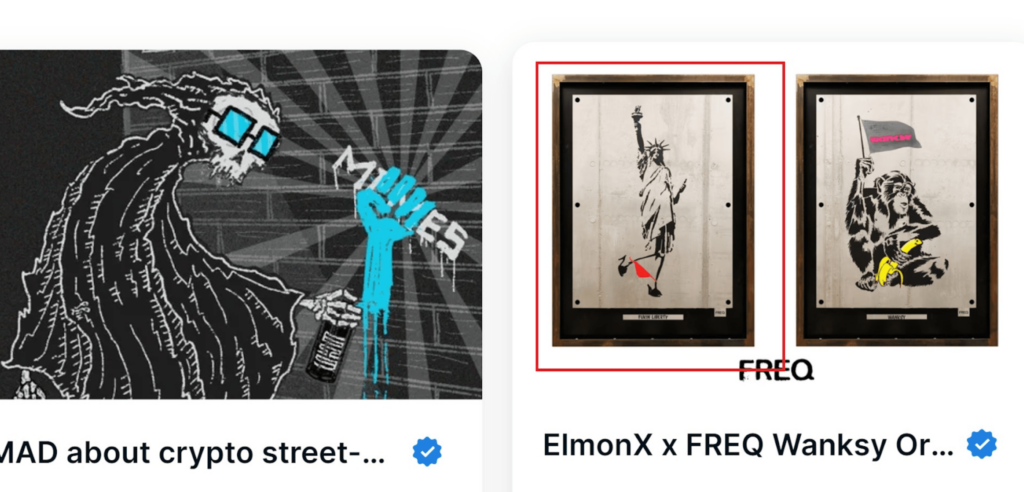
One issue is that many cases of NFT artistic appropriation leave original artists without compensation. Another issue is that some national properties get appropriated without understanding their significance.
Some modifications are even disrespectful. Such instances can be adjoint to cultural appropriation, especially when a creator comes from a country that is/used to be superior to an abused state during colonization. Moreover, profiting from cultural artifacts raises another legal issue.
The point here is that such an object is everyone’s property partly because, in simple terms, we pay taxes to keep it pretty and preserve what matters to us culturally. So, is it morally right when only one person tokenizes such a thing? Should everyone get a share? Or should the NFT creator contact the authorities and give the government a share? Also, The Statue of Liberty has an author, Frederic Bartholdi, a French sculptor. Should the “artist” ask Frederic Bartholdi’s family before using The Statue of Liberty for NFT creation?
It gets even worse when NFT creations have symbols appropriated culturally or abuse the “aesthetics” of sacred objects of nations that have been hurt, erased, or misplaced due to aggression.
Navigating the Controversy: Guidelines and Best Practices ?️
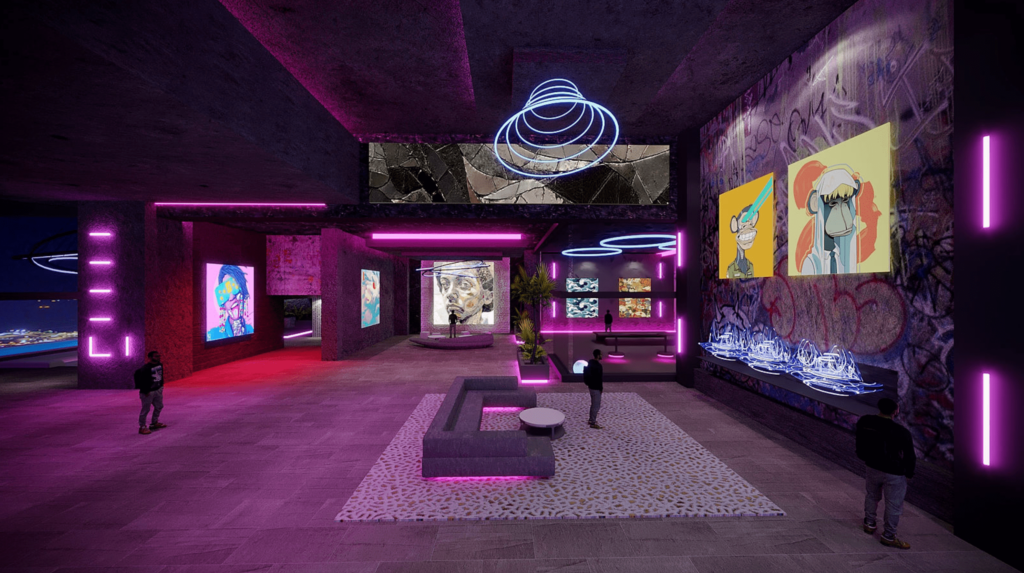
Art is a complex topic and a diverse sphere that can be challenging to navigate. In this digitized world blessed and cursed with decentralization simultaneously, fairness is the only thing preventing harmful things from happening.
Here is how you can help the NFT community in this debate and overall!
The significance of basic research
Being an NFT enthusiast is great, but you cannot be a professional art collector or creator without knowing the forms, functions, and at least a bit of theory. Profound research lets us also evaluate art pieces better. That is especially important in the NFT plane because NFT art should be valuable since the key word here is ART; the fact of ownership should not be the #1 priority and value-determining factor.
Moreover, researching an artist lets you learn about their work better and see a pattern in their creation. That information becomes crucial when you doubt whether that content was created according to moral laws.
So, knowledge and awareness… can actually hurt, but it is better to be aware than not (especially if you do not want to get ratioed after posting an L).
Perceive art as a communication act
This is the most obvious thing often ignored by people who create and collect art pieces. First and foremost, every creation is a document (as an information carrier) with a specific message. Illustrative arts must evoke emotions, tell a story, unravel a plot, and let a viewer draw a conclusion. The deeper and more relevant an artistic message is in its form, the more value there must be. Understanding that is super important when you encounter scams or overpriced offers.
History has many answers
NFT artistic appropriation is nothing new. To be honest, this is that same old story that has not ended since copyright was invented. Similar cases, issues, and moral debates have existed for many years. I strongly recommend diving into art history to become more well-versed in the NFT sector because NFTs are the logical continuation of this history.
Open dialogue helps
Engaging in real conversations and leaving room for alternative thoughts is good. Gladly, various communication channels exist, and it takes a minute to find a discussion regarding morals in art. Listening to both sides is important, but usually, only one is right, or both are partly right, while making mistakes in other takes.
Remember that many opinions exist, but the Truth is one. Strive to find it, not side with someone whose arguments evoke something positive.
Lessons Learned
Artistic appropriation in NFT is a significant issue often ignored and neglected. In a world with decentralized technologies, guaranteed anonymity, and ways to manipulate incomes, it is more important to stay alert than ever.
NFT can appropriate art in many ways, and your goal as a creator or collector is to contribute to a more healthy decentralized society and be fair. The latter means that the metaverse has one threat less.
While some appropriation methods are inevitable, we must draw this line between appreciation/inspiration and intellectual theft, regardless of its form and how obvious it is.
May your NFT collection grow and get the best artwork. Best of luck!
